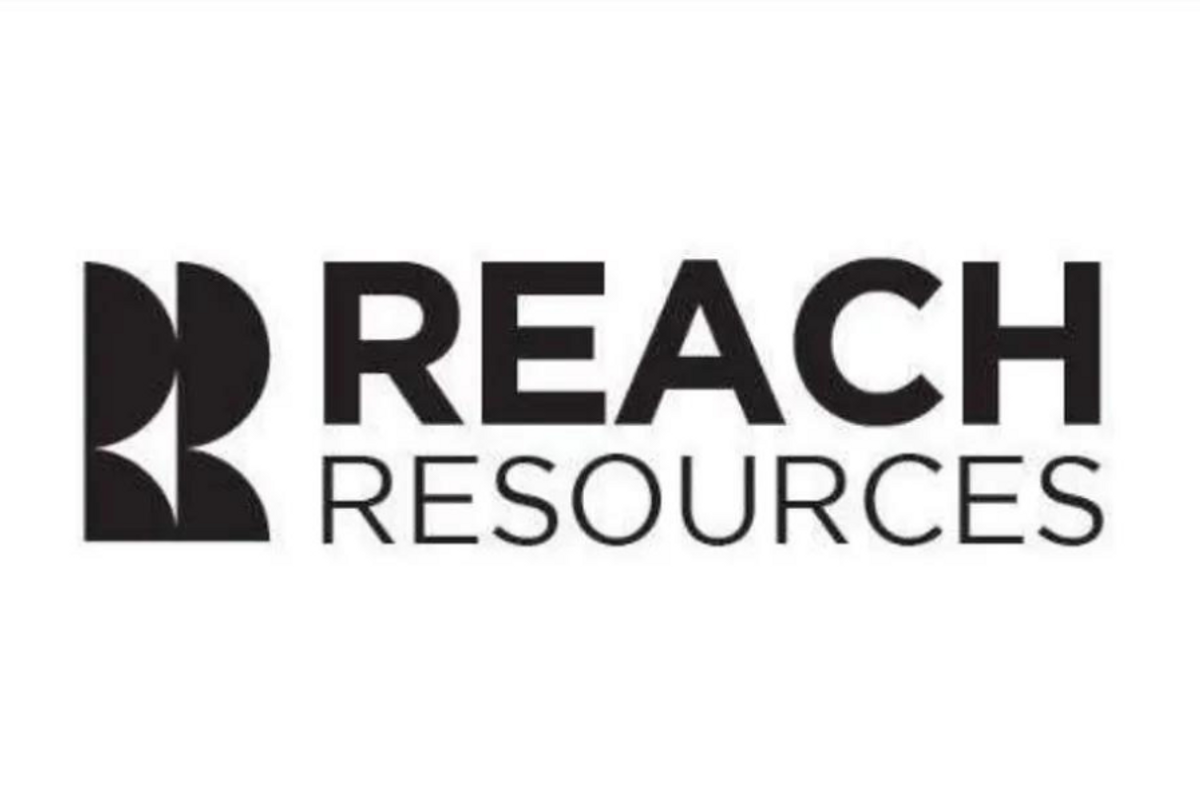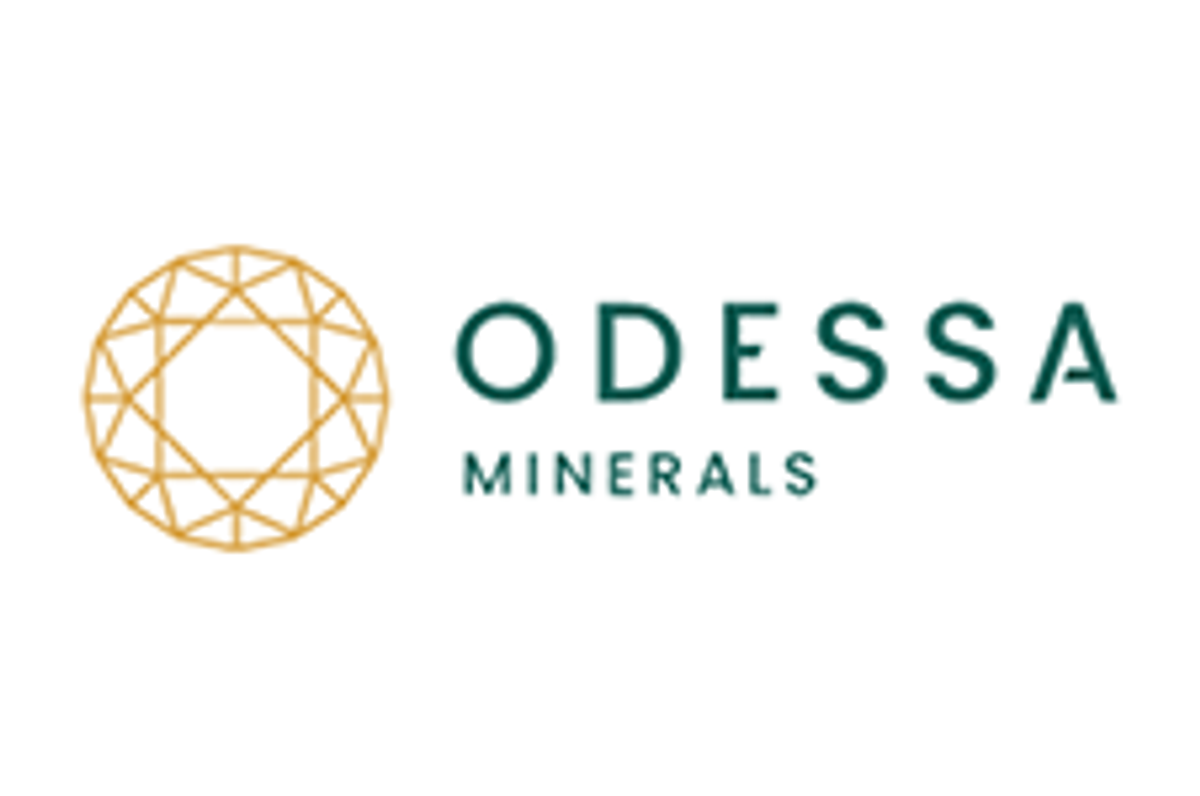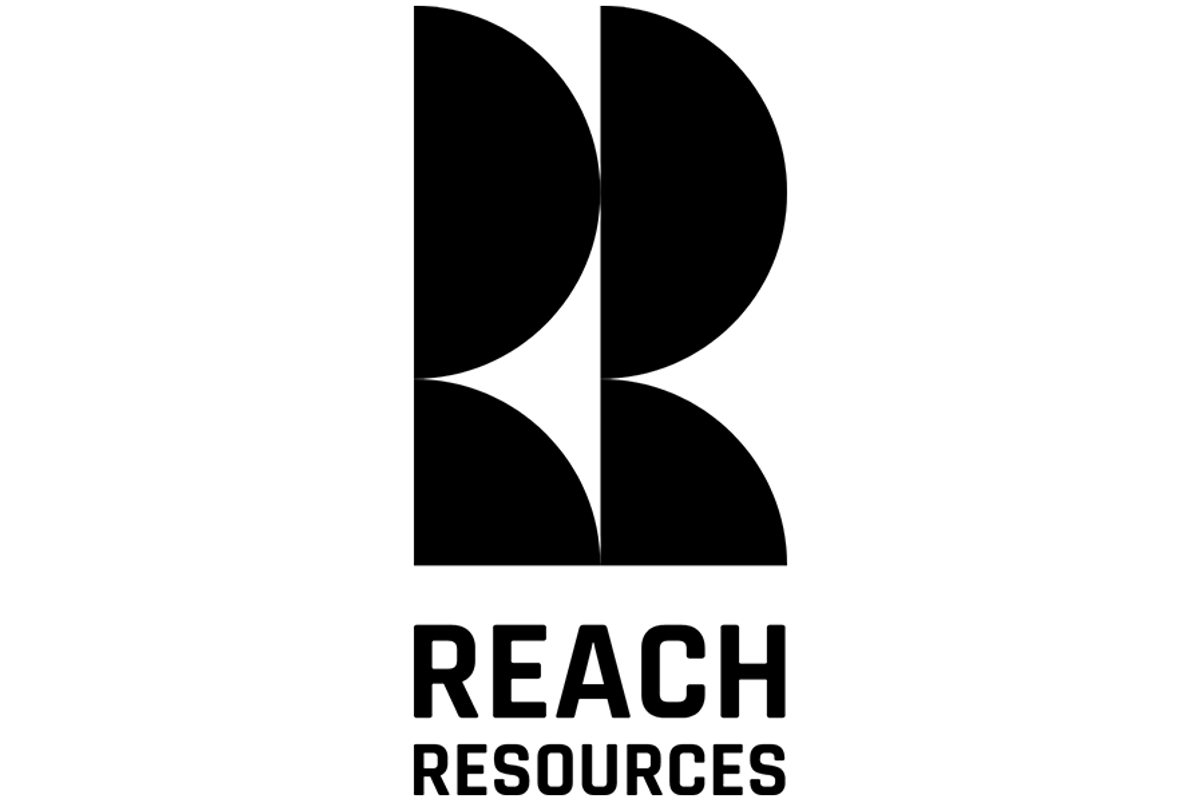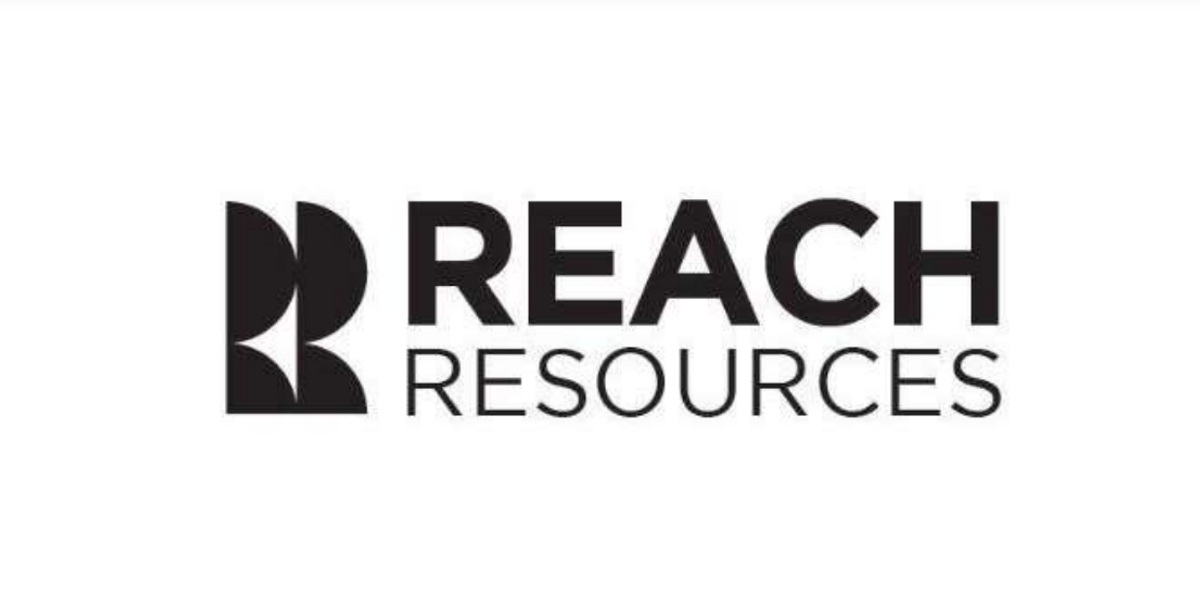
February 08, 2024
Reach Resources Limited (ASX: RR1 & RR1O) (“Reach” or “the Company”) is pleased to announce assay results from the Company’s Phase 2 drill program at its 100% owned Morrissey Hill Lithium project in the Gascoyne Mineral Field W.A (Figure 2).
Highlights:
- Phase 2 drilling comprised 58 reverse circulation (RC) holes for 5282m.
- Drilling completed across the Bonzer, Morrissey Hill, Peggy Sue, Shore Break and Sunset Boulevard prospect areas.
- Strong, coherent lithium and lithium-caesium-tantalum (LCT) pathfinder anomalism and low- medium grade lithium mineralisation encountered at each prospect area, broadening overall potential of the Morrissey Hill Project.
- Significant intercepts include:
- 23MHRC0062: 16m @ 0.15% Li2O from surface including 2m @ 0.22% Li2O from 8m (Bonzer)
- 23MHRC019: 40m @ 0.09% Li2O from 10m downhole depth including 10m @ 0.12% Li2O from 40m and 6m @ 0.15% Li2O from 56m (Morrissey Hill)
- 23MHD047: 20m @ 0.08% Li2O from 64m to EOH (Peggy Sue)
- 23MHRC072: 14m @ 0.08% Li2O from 16m (Shore Break)
- Multiple high priority targets identified by consulting geochemist, Sugden Geoscience, are awaiting heritage clearance and yet to be tested.
- Heritage approvals at Morrissey Hill and Wabli Creek (niobium) being actively progressed.
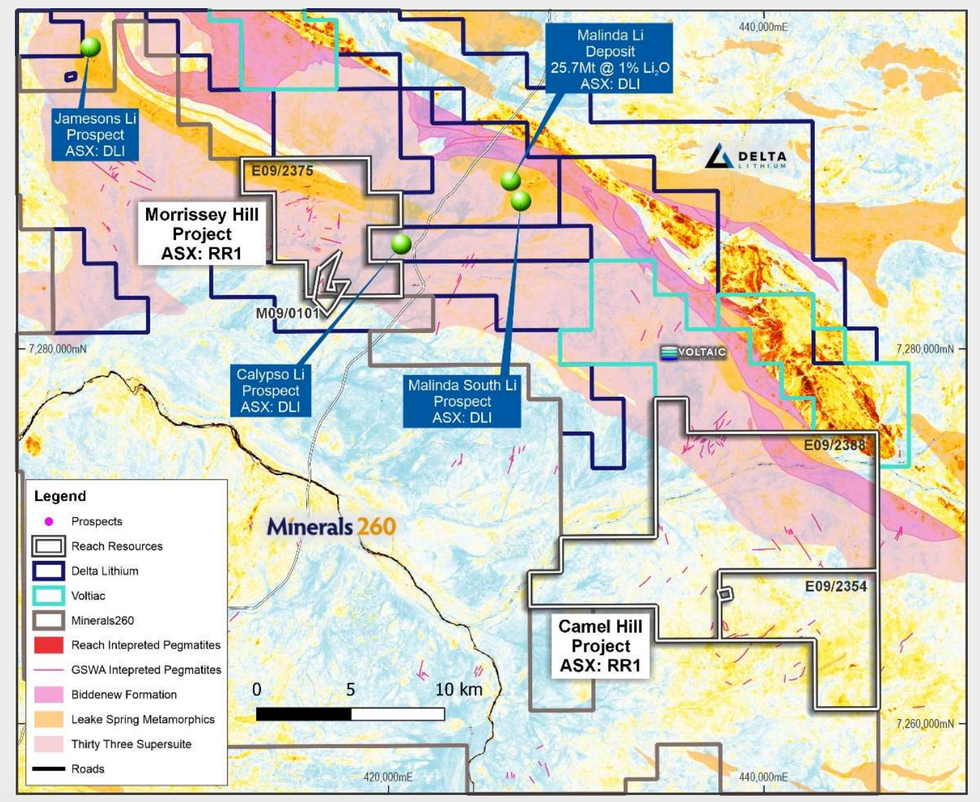
Commenting on the Phase 2 results, CEO Jeremy Bower said:
“Reach is still at an early stage in progressing its understanding of the Morrissey Hill Project, having commenced systematic exploration less than 12 months ago. As with Phase 1, this latest batch of assays demonstrate there is a broader zone of mineralisation present at Morrissey Hill. Each of the main prospects tested in the Phase 2 program returned anomalous lithium values, confirming we are in a fertile, highly fractionated lithium-bearing system.
“Our short-term goal is clear, we need to locate high grade mineralisation. The fact that many of our highest priority litho-geochemical targets and most of the Leake Springs Metamorphic package, which runs through our tenements and hosts Delta Lithium’s nearby Malinda deposit, are yet to be tested means our priority in the short term is to successfully obtain heritage approvals to allow drilling to commence at these locations. We are eagerly looking forward to updating shareholders with further plans for the 2024 field season.”

The Phase 2 drill program commenced soon after the completion of the maiden program at Morrissey Hill and comprised 58 RC holes for a total of approximately 5,282m (23MHRC0016-73). Refer to Annexure 1 below for summary of drillhole orientation data.
The drilling was designed to test the plunge of mineralisation at the Bonzer prospect, which was the focus of the Phase 1 drilling program, and to test other targets in areas where heritage clearance had been received. Heritage clearance on a large number of priority targets remains outstanding which restricted Phase 2 drilling to certain areas. Completing those heritage approvals remains a priority for the Company at present.
Consistent with the maiden drilling at the Bonzer prospect, Phase 2 targets were initially developed through a review of regional and local geology, local mineral systems, relevant research work, historical reports and all available geochemical, geophysical and remote sensed datasets. Final selection of drill targets for the program were refined through a combination of soil, rock chip sampling and mapping.
Click here for the full ASX Release
This article includes content from Reach Resources, licensed for the purpose of publishing on Investing News Australia. This article does not constitute financial product advice. It is your responsibility to perform proper due diligence before acting upon any information provided here. Please refer to our full disclaimer here.
RR1:AU
The Conversation (0)
03 May 2022
Reach Resources Limited
Sourcing the Critical Minerals of the Future
Sourcing the Critical Minerals of the Future Keep Reading...
13 May
Murchison South Increases to 67koz Gold Across Two Pits
Reach Resources Limited (ASX: RR1 & RR1O) (“Reach” or “the Company”) is pleased to announce the completion of a new Mineral Resource Estimate (MRE) for the Pansy Pit deposit at its Murchison South Gold Project. The estimate, prepared by independent consultants Mining Plus, reported above a... Keep Reading...
28 July 2023
Quarterly Activities/Appendix 5B Cash Flow Report
Reach Resources Limited (ASX: RR1) (“Reach” or “the Company”) provides its activities report for the quarter ended 30 June 2023. HIGHLIGHTS High-Grade Lithium Results at Yinnetharra (15 May 2023) Lithium mineralisation confirmed with rock chip samples reporting highly encouraging assays of up to... Keep Reading...
18 May 2023
Outcropping Copper Gossan Delivers 33% Cu Assays At Morrissey Hill Project, Yinnetharra
Reach Resources Limited (ASX: RR1 & RR1O) (“Reach” or “the Company”) is pleased to announce that it has received high grade copper, gold and silver results up to 33% copper, 0.2g/t gold and 142g/t silver from its recently completed rock chip sampling program at the Company’s Morrissey Hill... Keep Reading...
14 May 2023
Reach Resources’ Strategic Position Between Two of WA’s Mining Heavyweights
Reach Resources’ (ASX:RR1) strategic position with its Morrissey Hill project has placed the critical mineral explorer on the radar of two of Western Australia’s mining giants Delta Lithium (ASX:DLI) and Minerals 260 (ASX:MI6), according to an article published in The West Australian.“While... Keep Reading...
Latest News
Interactive Chart
Latest Press Releases
Steadright Grants Stock Options
24 December
Silverco Confirms No Material Change
24 December
Related News
TOP STOCKS
American Battery4.030.24
Aion Therapeutic0.10-0.01
Cybin Corp2.140.00

